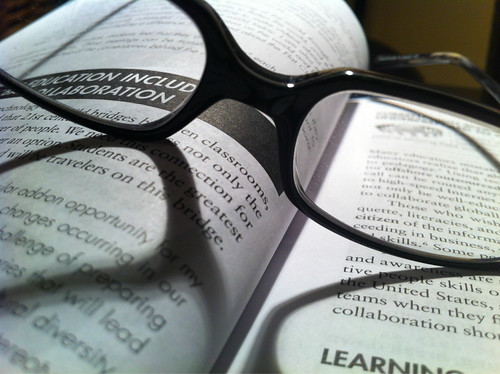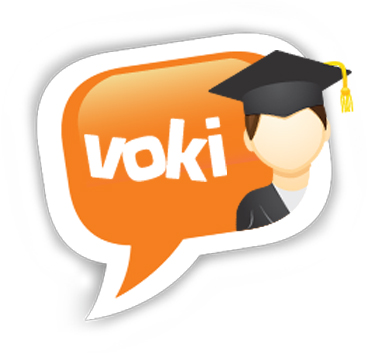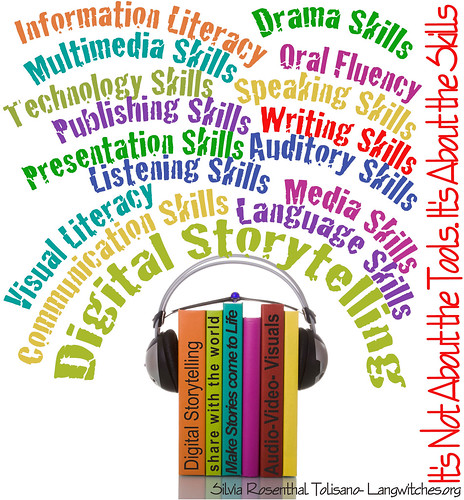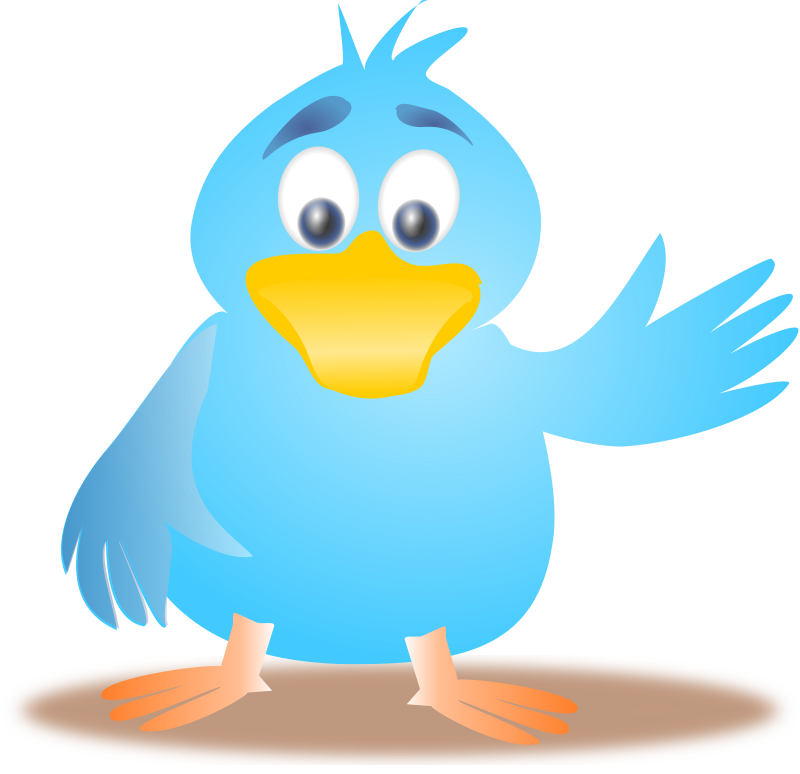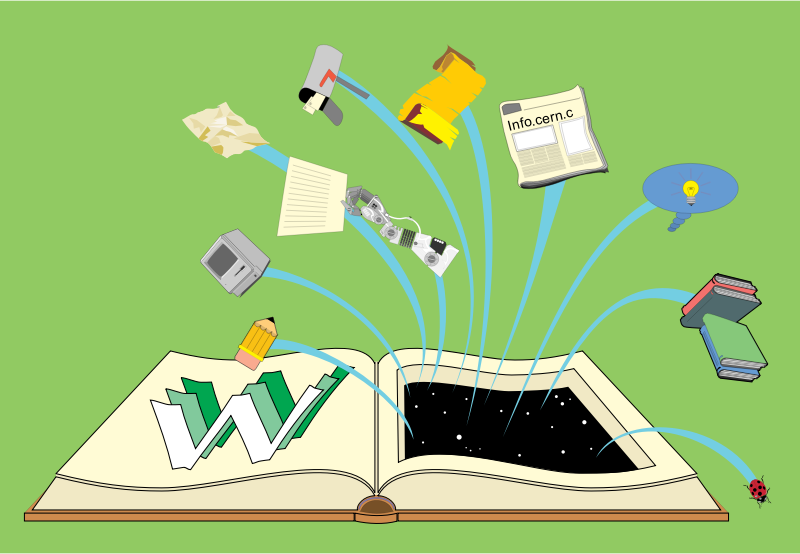Imagining the future
“A librarian is a data hound, a guide, a sherpa and a teacher. The librarian is the interface between reams of data and the untrained but motivated user.” The library is “a place where people come together to do co-working and coordinate and invent projects worth working on together” (Godin, 2011).
Seth Godin clearly sees the crucial role librarians play as our world and education changes along with the rapid changes in technology. As I look to the future I know that my learning journey will continue. With the daily creation of new and creative Web 2.0 applications, there is always something new to play and learn with. As the meaning of literacy has changed and we now talk about “new literacies,” I will be in a central position as educators guide our students into the 21st century, allowing them to use, understand and create using these new technologies (Kist, 2010; Media Awareness Network, 2010). The above video demonstrates some examples of technology integrated in learning in Singapore.
The future will see my PLN grow as I continue to participate on Twitter and Facebook. My PLN will be integral in keeping current on technology and learning. Facebook will continue to be a central means of keeping in touch with my family and friends. I will hang onto Diigo as a bookmarking tool for myself, but continue to search for something to use with students. Perhaps Jog the Web will be suitable for younger grades, I will assess it as the Grade 3 students complete their research project. I will keep looking, though, for something to use with intermediate students as they need to be able to interact with the platform to add their own links and annotations. I will keep working with Storybird, allowing students create and collaborate on real books. It is my hope that I will have all students from Grades 2 through 6 create a Storybird this year. I have started a blog for one teacher to use with her class, but have not succeeded in getting her students blogging yet. I will continue to work with the teacher and her students to get these blogs up and running. One place to start will be to embed their Storybirds onto their blogs. Next school year, I want to get all of the intermediate students blogging. I would like to give Voki and Voicethread a try with at least one class this school year.
What about my friend, the spider? This blog was a lot of fun and it may in fact continue, though in a slightly different form. I have enjoyed becoming a real blogger and may take it a step further, tweeting about my posts to get the word out there and really join the conversation (Kist, 2010; Richardson, 2010). This will allow me to be a real participant in my PLN rather than just gathering ideas from others. This will also ensure that I am continuing to learn and grow as a professional even if I am not taking courses. I will explore more Web 2.0 applications and try them out with the students at my school.
In the future, I would also like to explore the area of games and gaming in learning, an area in which I have little experience or knowledge but I see great potential. Gaming can present opportunities for individualized learning, communication, collaboration and problem solving in addition to developing a sense of community (Hilton, 2006). Gaming engages students and therefore presents an opportunity for educators as “whenever one plays a game, and whatever game one plays, learning happens constantly” (Prensky, 2002). Libraries and teacher-librarians are in a perfect position to tap into this learning and have a good opportunity to tap into this form of learning (Kist, 2010; Ward-Crixel, 2006).
Final Word
“My alphabet starts with this letter called yuzz. It s the letter I use to spell yuzz a ma tuzz. You ll be sort of surprised what there is to be found once you go beyond Z and start poking around ” (Seuss, 1963).
References
Godin, S. (2011, May 16). The future of the library [Web log message]. Retrieved from http://sethgodin.typepad.com/seths_blog/2011/05/the-future-of-the-library.html
Hilton, R. (2006). Gaming as an educational tool. Young Consumers, 7(2), 14-19.
Kist, W. (2010). The socially networked classroom: Teaching in the new media age. Thousand Oaks, Calif.: Corwin.
Media Awareness Network. (2010). What is digital literacy and why is it important? Retrieved from http://www.media-awareness.ca/english/corporate/media_kit/digital_literacy_paper_pdf/digitalliteracypaper_part1.pdf
Prensky, M. (2002). What kids learn that’s POSITIVE from playing video games. Retrieved from http://www.marcprensky.com/writing/Prensky%20-%20What%20Kids%20Learn%20Thats%20POSITIVE%20From%20Playing%20Video%20Games.pdf
Richardson, W. (2010). Blogs, wikis, podcasts and other powerful web tools for classrooms (3rd ed.). Thousand Oaks, Calif.: Corwin.
Seuss, Dr. (1963). Dr. Seuss’s ABC. New York: Beginner Books.
Ward-Crixel, K. (2006). Gaming advocacy. School Library Journal, 53(9), 36.


